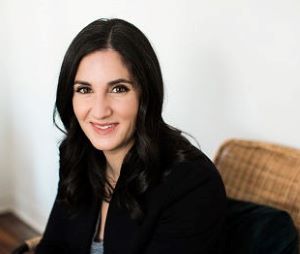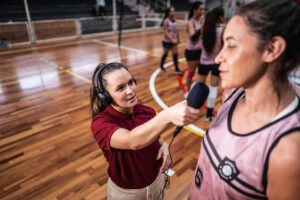Inclusive Wellness Series: How to create an inclusive physical wellness program
12 ideas for health programs that generate higher engagement and support DE&I goals

Wellness and inclusion are top of mind for many organizations, especially those looking to retain and attract talent, raise productivity rates and lower healthcare costs.
In this three-part series, Workplace Wellness Insider talks with subject matter experts that offer advice and experience with creating inclusive programs around physical, emotional and financial wellness. First up in the series: physical wellness programs.
Many factors can keep an employee from accessing their workplace fitness, nutrition and other preventative care benefits. A range of circumstances—such as physical disability, economic disadvantage, cultural boundaries, social stigma or, even, scheduling flexibility—can impact inclusivity.

Susie Silver, a senior consultant with the Diversity Movement, a business consulting company, says organizations should first expand the scope of what it considers wellness.
“Organizations should brainstorm what a scope of wellness should look like,” Silver says. Understanding employee needs and acknowledging systemic issues around healthcare, housing, finances, ability, education and nutrition puts managers in a better position to address inequity when creating a wellness plan.
Webflow, a global website design company, manages more than 360 employees worldwide. With team members on various schedules, Webflow offers flexibility to increase participation and support inclusion goals.

“As a remote-first, globally-distributed culture, we take a multifaceted approach to our programming,” says Laura Rondanin, global benefits and perks manager. “The most obvious is the opportunity to participate.”
Its “Wellness Wednesdays” program occurs on a rotating schedule, and Webflow chooses vendors who offer inclusive experiences. Employees receive a $200 monthly stipend as a “lifestyle and wellness benefit.”
“This offering was developed to include a variety of definitions of what wellness means to our team members,” Rondanin says. “For example, that could be a gym membership, hiking boots or healthy food and snacks for their home office. In some cases, wellness is the ability to support family members.”
Organizations seeking inclusive physical wellness programs could offer features such as:
- An accessible gym, whether on- or off-site, with inclusive considerations like 3-foot pathways, swing away or removable seats and free weights of various sizes.
- A digital app, with regard for those who don’t have internet access.
- A stipend for gym memberships of the employee’s choosing (to help those with community or cultural access issues).
- An open stipend for wellness use as the employee defines it.
- Consultation with employee resource groups to ensure inclusion such as, an employees with disabilities network.
- Communicating the program with inclusivity in mind, like using people-first or identity-first language and providing videos with closed captioning.
- Designing events, like walking challenges, with more inclusivity for those who use wheelchairs or prefer other forms of movement.
- Create challenges that are customizable for individual employee wellness goals. For instance, instead of walking 10,000 steps, employees are challenged to increase activity in general.
- Offering incentives and rewards that are accessible to everyone. For example, cash may be an easy option compared to a gift card to a specific location.
- Use nutritional coaching that allows for cultural and economic differences.
- Consider healthcare costs when asking employees to undergo preventative screenings. Free access to on-site clinics are a great solution to this, but also ensuring the health plan company’s providers are inclusive and accessible by all employees.
- Health events and webinars with sign language interpreters and closed captioning.
“In a year where people leaders are sharing concerns across networks about dropping engagement scores in their organizations, Webflow is observing an increase in engagement scores with many qualitative mentions of our overall benefits and perks programming,” Rondanin says. “We continue to evolve our programming based off of our team member feedback, benefit benchmarking as well as candidate feedback collected by our talent team to ensure we are not only remaining competitive, but we are able to maintain our positioning of 90th percentile as it relates to benefits and perks offerings.”
Silver says gathering data through surveying and listening sessions can help prove the need to the C-suite and guide program development for wellness managers.
“You’ll get more buy-in and get more engagement when people in the organization feel seen, feel safe, feel heard and when you ask, ‘what can we do as we develop this program?’” Silver adds.
COMMENT
Ragan.com Daily Headlines
RECOMMENDED READING
Tags: DE&I, Diversity Movement, Fitness, inclusion, physical fitness, wellness programs






